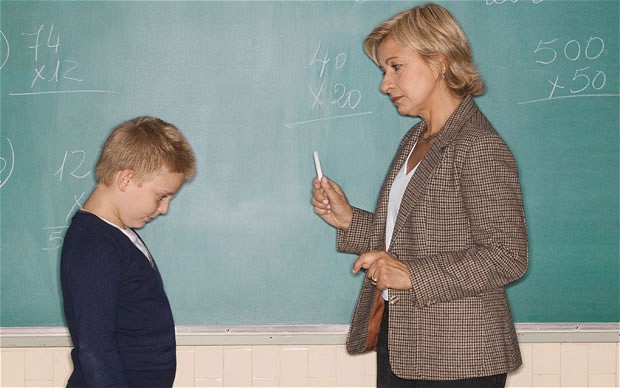Discipline is a favorable way of teaching students self-control while punishment is a technique used to enforce discipline.
Creating a strong sense of classroom management where students feel safe and respected means that students know what is expected of them and they can make the choice to follow those expectations or not. Punishment is the reaction to a lack of discipline so the first step to preventing the need for punishment is to teach and encourage discipline.
Classroom Management Basics
This deals with how things are done in the classroom, procedures such as how to go the restroom or when to sharpen a pencil. Discipline deals with how students behave so from the beginning, students should know behavior is acceptable and unacceptable. Whereas classroom management is the responsibility of the teacher, discipline is the responsibility of the student. Discipline is the actual act of self-control and appropriate behavior, as taught and modeled by the teacher and punishment is what occurs if a student chooses to not act in a disciplined way.
Prevention Vs. Intervention
When it comes to classroom management, it is helpful to design the class in a way that prevents discipline problems to avoid the need for punishment altogether. One way to use discipline as a means of prevention is to use consequences rather than punishments. Where punishments are intended to enforce compliance with classroom rules by using authoritarian discipline, consequences are intended to help the student to understand what they did wrong and how to use self-control to follow the rules next time.
Positive Reinforcement
The students need to know first what is acceptable behavior for the classroom and what is not. Setting proper behavior and expectations is essential. Discipline uses procedures and routine to enforce positive student behavior. The key is to create positive discipline where students focus on what they are allowed to do and should do rather than what they should not do. Whereas punishment tends to focus on past behavior, discipline focuses on the present and future behavior in a way that prevents problems before they arise. Essentially, the goal should be to teach students self-control by focusing on the positive results on good behavior.
Negative Reinforcement
Sometimes punishment is needed if a student chooses to break the rules of the classroom. If the teacher chooses to correct the behavior by using punishment, it is important to focus on correcting the behavior for future learning rather than just punishing the student. Negative reinforcement punishment techniques tend to treat discipline as a single act but discipline is really a process and a general way of behaving. Negative reinforcement, like punishment, can make a student feel angry or ashamed because students may get the message that they are the problem rather than the behavior. Negative reinforcement techniques rarely prevent misbehavior in the future and negatively affect teacher-student relationships.
